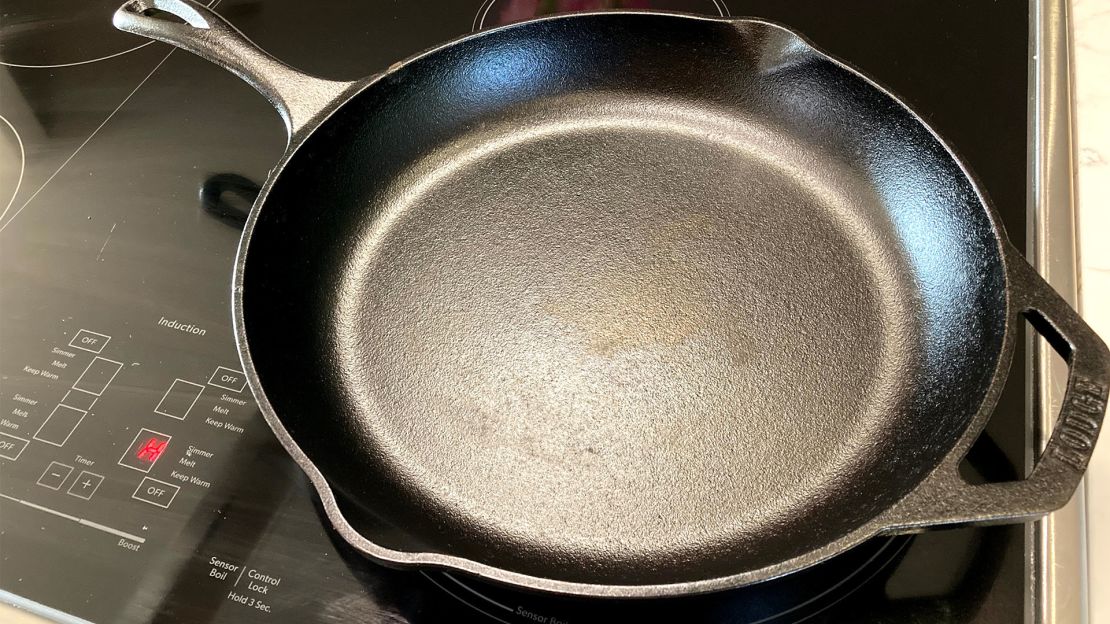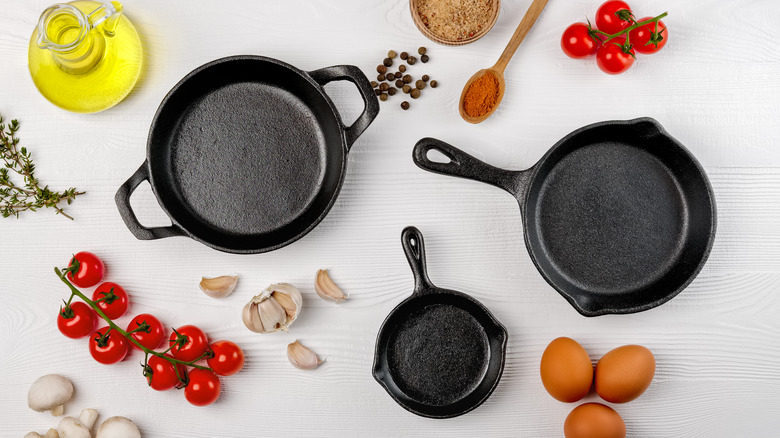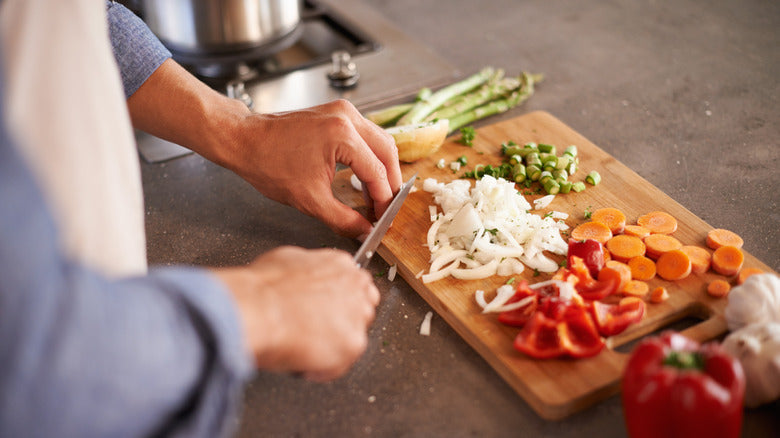When it comes to maintaining a kitchen staple like the cast iron skillet, how to season cast iron skillet with olive oil is a fundamental skill that every kitchen professional needs to master. Proper seasoning not only enhances the cooking experience but also extends the life of your skillet, ensuring that your dishes turn out perfectly each time. As a professional in the culinary world, understanding the ins and outs of cast iron maintenance is crucial in delivering quality results.
Seasoning a cast iron skillet involves creating a non-stick surface that improves with usage. Although the method may vary slightly among chefs, the essence of the process remains the same. In this article, we will explore the detailed steps for seasoning your cast iron skillet using olive oil, along with troubleshooting tips, and much more.

Understanding the Importance of Seasoning
To appreciate the intricacies of how to season cast iron skillet with olive oil, it is essential to understand what seasoning is and why it matters. The seasoning process involves applying a layer of oil to the skillet, which is then heated until it forms a polymerized coating. This layer acts as a natural non-stick barrier, preventing food from sticking and making cleanup a breeze.
For kitchen professionals, proper seasoning will also aid in maintaining the integrity and flavor profile of various dishes. A well-seasoned skillet not only allows for enhanced cooking but also contributes to better heat retention and distribution, making it a vital tool in high-paced kitchen environments.
Choosing the Right Olive Oil
Not all oils are created equal when it comes to seasoning cast iron skillets. Given the strong culinary properties of olive oil, it is a popular choice among kitchen professionals. However, the type of olive oil you choose can affect the final outcome.
Extra Virgin vs. Refined Olive Oil
When seasoning your skillet, opt for extra virgin olive oil due to its high smoke point and rich flavor. It's important to choose high-quality oils as they contribute to better seasoning. Refined olive oil is also an option but may not provide the depth of flavor associated with extra virgin.
Steps to Season Your Cast Iron Skillet with Olive Oil
Now that you have a grasp on the significance of seasoning, lets delve into the detailed steps to successfully season your cast iron skillet with olive oil.
Step 1: Gather Your Materials
Before you start, ensure you have the following materials ready:
- Your cast iron skillet
- Extra virgin olive oil
- A clean cloth or paper towels
- An oven or heat source
- Aluminum foil (optional)
Step 2: Clean the Skillet
Before applying olive oil, clean the skillet thoroughly. If it is new or has previously been used, make sure it is free from any rust and debris. You can use warm water and a stiff brush to clean it. Avoid using soap as it can strip the skillet of its seasoning.
Step 3: Dry the Skillet Completely
Once cleaned, dry the skillet thoroughly. You can place it on low heat on your stove for a few minutes to ensure all moisture is evaporated. This step is crucial for optimal oil adhesion.
Step 4: Apply Olive Oil
Using your cloth or paper towel, apply a thin, even layer of extra virgin olive oil all over the skillet, including the handle and bottom. Avoid over-saturating as it can lead to a sticky residue.
Step 5: Heat the Skillet
Preheat your oven to 450F (232C). Place the skillet upside down in the oven, utilizing aluminum foil to catch any drips. Allow the skillet to heat for about an hour. This will enable the oil to polymerize and adhere to the cast iron surface.
Step 6: Let It Cool
After an hour, turn off the oven and let the skillet cool naturally inside the oven. This cooling period will help solidify the seasoned layer.
Maintaining Your Seasoned Cast Iron Skillet
Once you have seasoned your skillet, keeping it well-maintained is essential. After cooking, ensure you clean it properly using quick cleaning techniques. Avoid using harsh detergents, and instead, opt for hot water and a gentle scrub to preserve the seasoning.
Re-seasoning Tips
Over time, the seasoned layer may wear off or become damaged. Knowing when to re-season your skillet will help maintain its non-stick properties. Look for signs of rust, food sticking, or discoloration as indicators.
Common Mistakes to Avoid
As with any culinary technique, it is important to recognize common mistakes when seasoning. One of the biggest pitfalls is using too much oil. Remember, a thin layer goes a long way. Additionally, some professionals may rush the cooling processallow the skillet to cool naturally for optimal results.

Frequently Asked Questions
1. How often should I season my cast iron skillet?
Frequency depends on usage. If you use your skillet regularly and notice food sticking, consider seasoning it every few months.
2. Can I use other types of oil for seasoning?
Yes, you can use oils with high smoke points such as canola or grapeseed oil, but extra virgin olive oil is favored for its flavor.
3. What should I do if food sticks to my skillet?
If food sticks, clean it properly and apply a light coat of oil; consider re-seasoning if necessary. Check out how to remove stuck food for helpful tips.
As an Amazon Associate, I earn from qualifying purchases.






Leave a comment
This site is protected by hCaptcha and the hCaptcha Privacy Policy and Terms of Service apply.